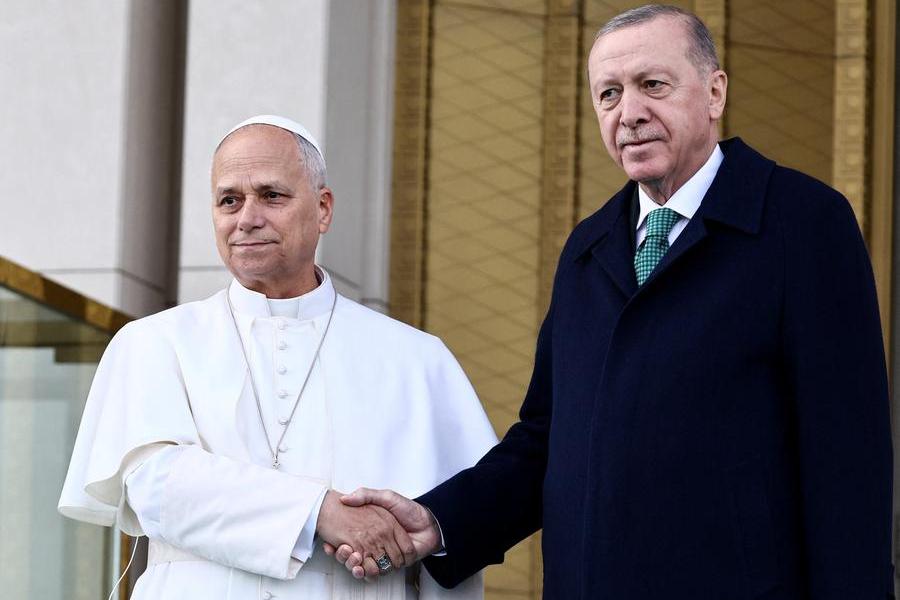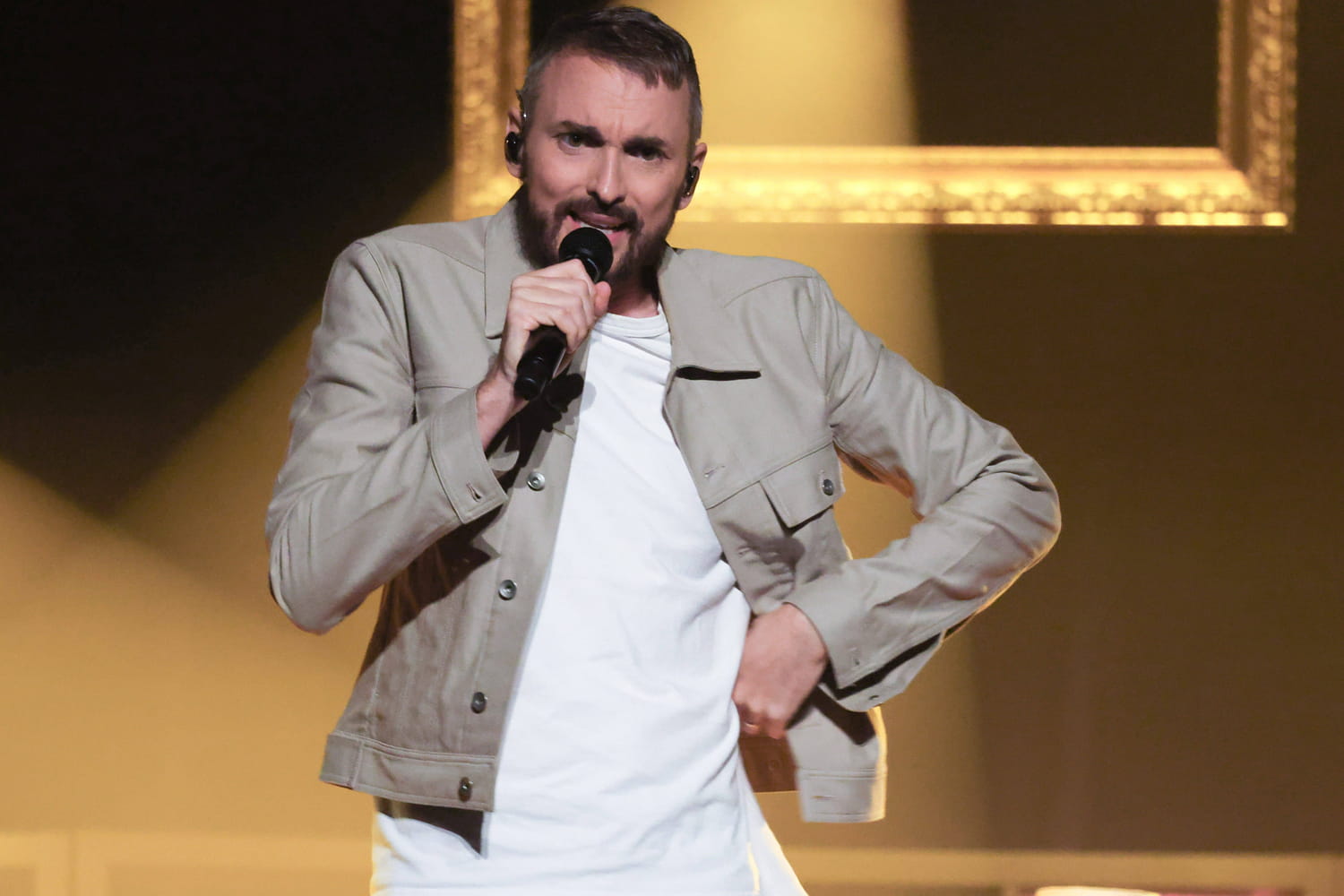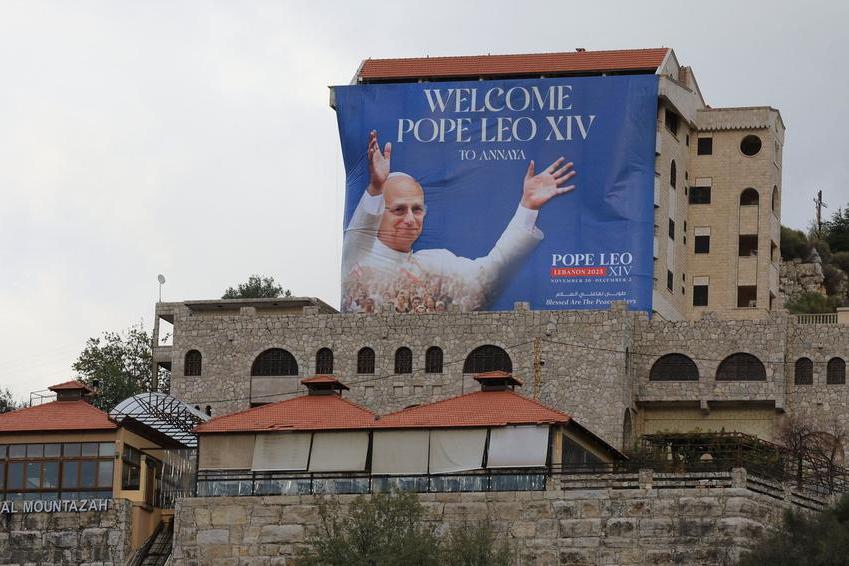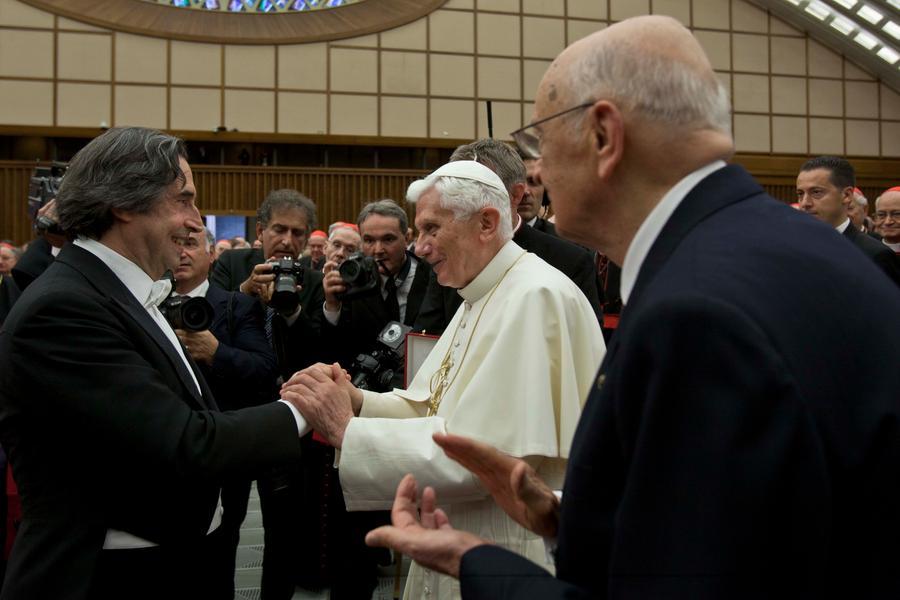2026 will be the year dedicated to the eighth centenary of the death of Saint Francis of Assisi. One of the most beloved saints, but perhaps not always known in depth. To do this, we asked to tell us about it Alessandro Barberothe best known of the Italian medievalists, author of a recent volume entitled Saint Francis (published by Laterza). Already a full professor of Medieval History at the University of Eastern Piedmont, Barbero chose to tell the story of Francis with the typical historian’s method: that is, by retracing the sources (biographies, chronicles, documents) that first spoke about him.
Professor Barbero, in your book the image of the poor man is refracted in the various voices that have told about him. But if, at the end of the research you conducted, you were to say in brief who Saint Francis was, what would you answer?
«A man of extraordinary willpower and enormous charisma, who put superhuman energy and an extraordinary organizational capacity at the service of an unshakable faith and a vision of enormous breadth. A man who deeply impressed everyone who knew him and left such a strong mark that he became a character in the collective imagination, until today. But, at the same time, a tormented man, who experienced the enormous growth of his movement in a conflicted way and died wondering if he hadn’t done everything wrong.”
How would you describe his character?
«Francis is, in reality, similar to other saintly founders of great movements, because he is at the same time a mystic, with a personal relationship with God, a crowd-puller and a great organizer. But he is not the man of certainties, he is instead the man who continually seeks – in dialogue with God – confirmation that he is following the right path and who is continually debated between the need to be with others and guide them, and the equally strong need to isolate himself in search of mystical contact with the divine”.
Which stereotypical images of Francis do you think the time has come to abandon?
«First of all, the idea of the saint of joy, seraphic and always happy: on the contrary, Francis was, as they said, a tormented man and also subject to outbursts of anger. Then we must not say abandon, but contextualize those aspects that seem to us to anticipate today’s sensitivity: not that there are no links to seeing in Francis something that recalls pacifism, animalism, interconfessional dialogue, but we must know that for him these impulses had different roots from ours. Francis loved animals and nature, but because he saw in them the imprint of the creator God and in controversy with the Cathars for whom the entire material world was the child of an evil God. He went to talk to the sultan and it was an extraordinary gesture, which was reciprocated by the very kind welcome he received, but he didn’t go there to talk, he went to explain to him that the Muslims are wrong and the Christians are right!”.
How did the Church relate to the figure of Francis after his death?
«I would not speak of the Church as a monolithic power, in some way opposed to Francis. The Church then, even more than today, was a complex and conflictual reality. Francis was within the Church as were those Franciscans who after his death made the Order a power and became dignitaries, bishops or doctors, and those other Franciscans who viewed this evolution with dismay and maintained that Francis had not wanted this. It is the leadership of the Order, certainly not hindered by Rome, which has managed and to a certain extent misrepresented the memory of Francis, to attenuate the contrast between his teachings (absolute poverty, manual work, distrust of books and study) and what the Order had become”.
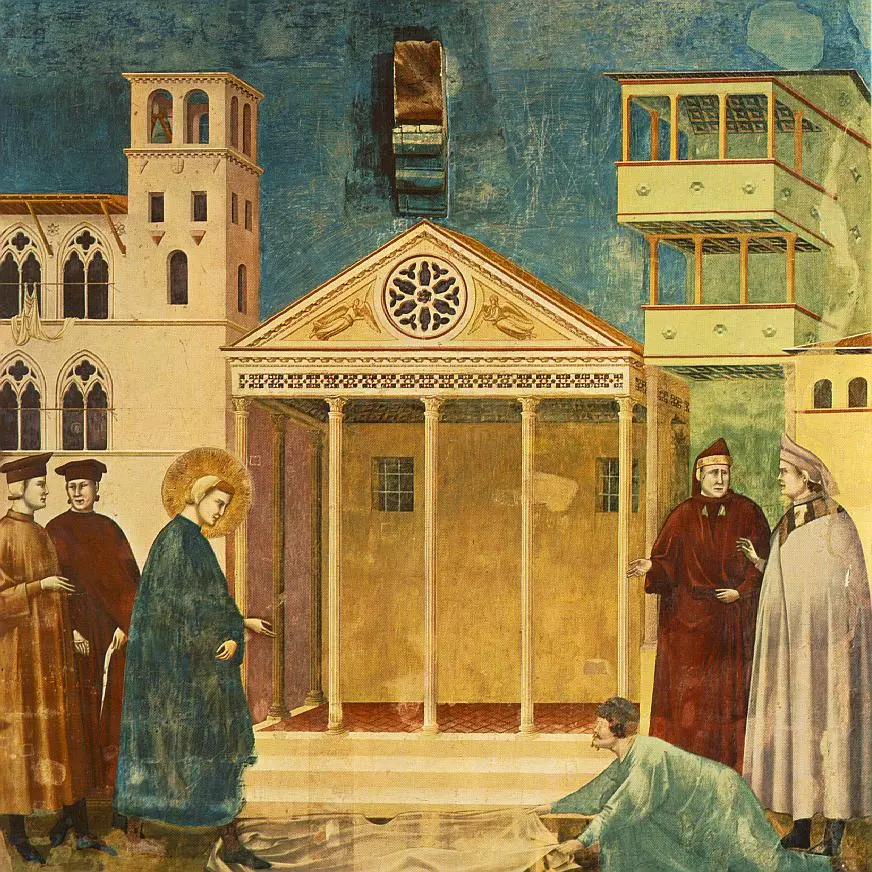
What “Franciscan” values do you think are present in the Church today?
«It’s not easy to say, because one thing needs to be very clear. Francis never demanded that the whole Church adapt to his example and practice Franciscan poverty, he never criticized the authorities of the Church nor, for that matter, the rich and powerful lay people. He always said very clearly that he wanted to obey the authority of the Church and was not a rebel in the social sense: the evangelical ideal of absolute poverty, humility and submission to all, he felt he had been called to imitate and he also thought that anyone who wanted to be a Franciscan friar should strive to do the same thing, but he didn’t go any further and would never have dreamed of telling the Pope what he should do.”
We are approaching Christmas. Is the creation of the Greccio Nativity scene, made famous by Giotto’s fresco, a historically established fact? What do we know exactly?
«The story of the Greccio Nativity scene is told in the first biography of Francesco, written by Tommaso da Celano when the memory of Francesco is still very fresh and it is, therefore, very likely that the episode as he tells it is authentic. Francesco was in Greccio and, as Christmas approached, he decided to commemorate the birth of the Child by recreating a real manger full of hay, with an ox and a donkey. And on Christmas night the Mass was celebrated in front of that manger, not by Francis, who was not a priest. He was a deacon and with the vestments of a deacon he first sang the Gospel and then preached, remembering the birth of the Child of Bethlehem. Thomas adds that he bleated like a sheep, affectionately prolonging that name and licked his lips with great pleasure when he pronounced the name of Jesus.”

